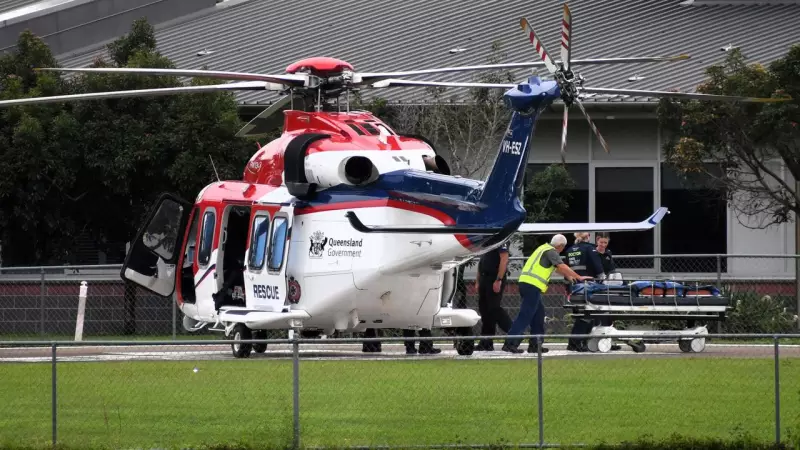
Serious allegations have emerged about staffing levels within Queensland's vital aeromedical rescue service, raising questions about operational safety and crew welfare. The QGAir rescue helicopter service, which provides critical emergency response across Northern Queensland, is facing claims it regularly operates with skeleton crews that fall below recommended safety standards.
Staffing Shortfalls and Safety Concerns
Multiple sources within the service have come forward with disturbing accounts of chronic understaffing that they claim compromises both patient care and crew safety. The rescue helicopter service, operated by Queensland Health, allegedly frequently deploys with only a pilot and one medical crew member aboard, despite industry standards recommending additional personnel for complex emergency retrievals.
Insiders report that the staffing model has created situations where medical professionals must perform multiple roles during emergency missions, potentially diverting attention from critical patient care. The service, which handles everything from road trauma retrievals to inter-hospital transfers of critically ill patients, requires highly specialised skills that may be compromised when staff are stretched beyond safe limits.
Management Silence and Union Response
Despite repeated requests for comment from various media outlets, QGAir management has maintained complete silence regarding these serious allegations. The service's refusal to address the claims publicly has only heightened concerns among aviation and medical professionals about the transparency of operations.
The Australian Licenced Aircraft Engineers Association has expressed deep concern about the situation. Union representatives have indicated they're closely monitoring the staffing issues and may take formal action if safety standards are indeed being compromised. Their involvement underscores the gravity of the allegations and the potential industrial implications.
Regional Service Impact and Future Implications
The staffing controversy comes at a critical time for regional emergency services across Queensland. Northern Queensland communities rely heavily on aeromedical services due to vast distances between regional hospitals and major trauma centers. Any compromise in these services could have life-threatening consequences for residents in remote areas.
Aviation experts note that rescue helicopter operations are among the most demanding in aviation, requiring optimal crew coordination and adequate staffing to manage complex emergency scenarios. The current allegations suggest that Queensland Health may need to urgently review resourcing for this essential service to ensure it meets both regulatory requirements and community expectations.
As the situation develops, stakeholders including government officials, health administrators, and community advocates are calling for immediate transparency from QGAir management. The ongoing silence from service leadership continues to fuel speculation and concern among those dependent on this life-saving service.





